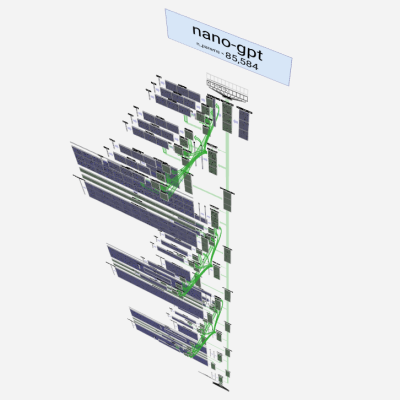Back when CD-Rs were the thing, there were CD burner drives which would etch images in the unoccupied areas of a CD-R. These so-called LightScribe drives were a novelty of which most users soon tired, but they’re what’s brought to our mind by [dbalsom]’s project. It’s called PNG2disk, and it does the same job as LightScribe, but for floppies. There’s one snag though; the images are encoded in magnetic flux and thus invisible to the naked eye. Instead, they can be enjoyed through a disk copying program that shows a sector map.
The linked GitHub repository has an example, and goes in depth through the various options it supports, and how to view images in several disk analysis programs. This program creates fully readable disks, and can even leave space for a filesystem. We have to admit to being curious as to whether such an image could be made physically visible using for example ferrofluid, but we’d be the first t admit to not being magnetic flux experts.
PNG2disk is part of the Fluxfox project, a library for working with floppy disk images. Meanwhile LightScribe my have gone the way of the dodo, but if you have one you could try making your own supercaps.



















